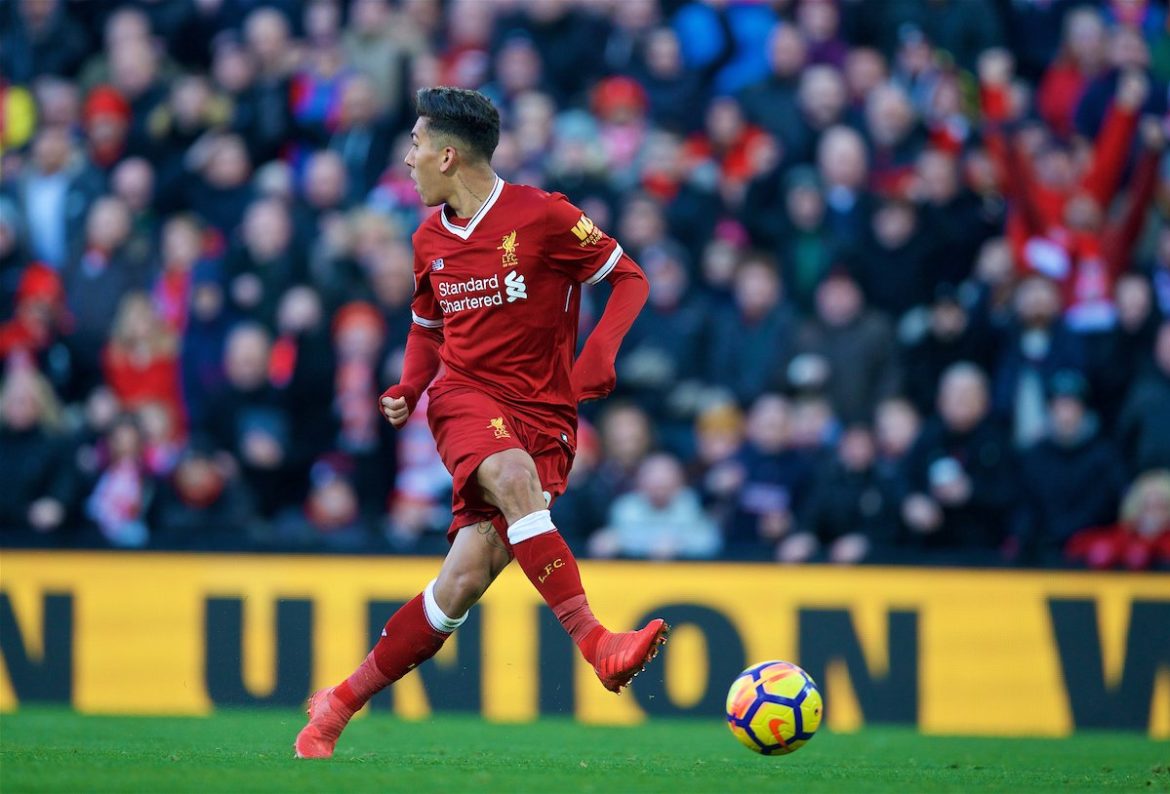
Statistics correct up to games played on 20th February 2021
“Football is a simple game, complicated by idiots.”
You’re too kind, Mr. Shankly, you’ve obviously read my work. But I’m going to have both agree and disagree with you here.
Take the recent match between Liverpool and Manchester City, for instance. The 26 men who took part amassed a little over 1500 ‘touches’ (or match actions) between them, which says nothing for their off-ball movements, which thanks to player tracking can run into millions of data points. That sounds pretty complicated to me.
The Olympic final of the 100m is one of the premium sporting events in the calendar every four years, but it ultimately boils down to eight people running in a straight line for less time than it has taken you to read this article to this point. Now that’s simple.
Not that the man who built Liverpool into a bastion of invincibility was off the mark with one of his many eminently quotable soundbites. Put the ball in the net more often than the opposition, and you’ll do alright. Simple.
And to increase your chances of doing that, you’ll want to have some clear-cut chances (which are defined by Opta as “a situation where a player should reasonably be expected to score… when the ball has a clear path to goal and there is low to moderate pressure on the shooter”).
Back in the days before people had heard of expected goal models, the humble clear-cut chance worked pretty well to make the same point about which teams were good and which were bad. Indeed, it still does; in 2019/20, 11 teams in the Premier League held the same ranking for both expected goal and clear-cut chance difference, four were only one placing out and no side was more than three places away.
Can’t be bothered with reading about 2.83 vs. 1.01 after a match? Too much maths? Go with five clear-cut chances to two, and you’ll most likely paint a similar picture of the game. And just so you know, in this particular example, the home team’s fourth big chance originated from a quickly taken corner. Origi-nated, you might say.
The rest of this analysis is for subscribers only.
[ttt-subscribe-article]